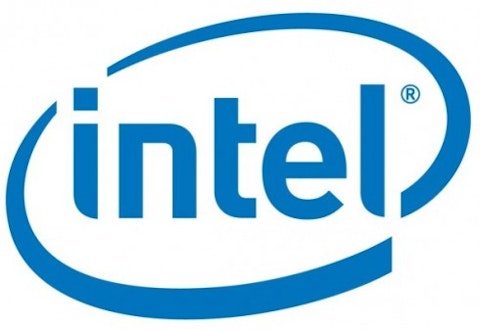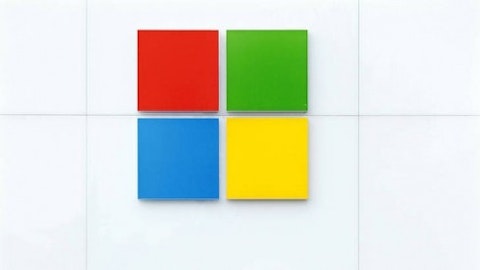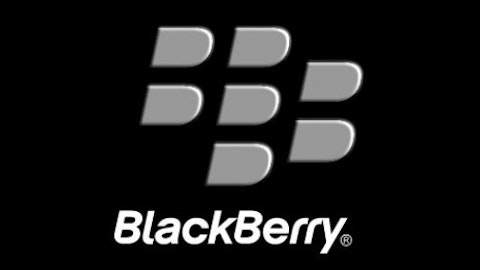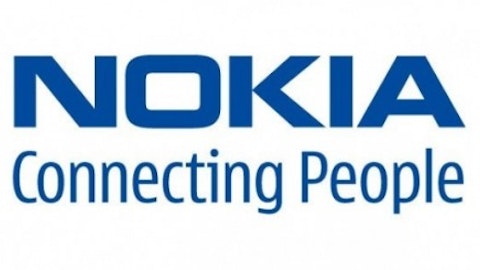Technology investing is a precarious endeavor these days. Particularly for companies like Intel Corporation (NASDAQ:INTC), which has been called an attractively valued dividend-payer by some, and a dying relic of old technology by others. When discussed in the financial media, whether Intel is on the brink of being technologically obsolete seems to depend simply on which financial pundit is currently speaking.
Unfortunately, nobody knows exactly what the future holds, so trying to predict any company’s future is usually an exercise in futility. Intel Corporation (NASDAQ:INTC) spent several months last year languishing under a collapsing stock price, but has shown signs of life more recently. What’s a rational course of action with regard to the semiconductor giant?
Out with the new, in with the old?
For several months last year, Intel Corporation (NASDAQ:INTC)’s stock price collapsed under the weight of pervasive investor pessimism. Intel is part of the ‘old tech’ group, which, including other companies such as Microsoft Corporation (NASDAQ:MSFT), represent companies reliant on the personal computer. Intel’s stock price lost a third of its value between May and December of 2012 after delivering quarterly earnings reports that shook the market’s faith in the semiconductor juggernaut.
Indeed, Intel Corporation (NASDAQ:INTC)’s fourth-quarter results were poor. There’s no sugarcoating the fact that earnings for the quarter dropped 27% year over year. Revenues fell 3% versus the prior year’s fourth quarter. For the full-year, revenues and earnings per share dropped 1.2% and 11%, respectively.
That being said, Intel Corporation (NASDAQ:INTC) has fought back lately. First, the company released a first-quarter earnings report that wasn’t as bad as the market had feared. Then, at a technology conference in Taiwan earlier this month, Samsung Electronics revealed that it will use Intel processors to power a new version of one of its main Android tablets.
This underscores the company’s desire to get its chips in mobile devices, which Intel has whiffed on to this point. At long last, Intel officers said they expect more than 30 tablets to use the company’s processors next year.
Microsoft Corporation (NASDAQ:MSFT) shares have followed suit recently, with the stock finally showing some signs of life after stagnating for quite some time. The market seems excited by the upcoming release of the software giant’s Xbox One console.
After failing to stay consistently above $30 per share for most of the last decade, Mr. Softy now trades north of $35 per share, and investors are hoping that finally, the stock may be on the verge of a breakout.
Not all old tech is worth buying
Another company tethered to the PC is Hewlett-Packard Company (NYSE:HPQ), which, like Intel and Microsoft, has had a resurgence lately. HP crashed hard in recent years as demand for its flagship printers and personal computers dried up.
The company’s fall from grace has been well-publicized. After trading north of $50 in early 2010, HP shares declined all the way down to the teens before recovering to its current level near $25 per share. The company reported a massive loss of $6.41 per share in 2012, due to higher operating expenses and a huge $18 billion impairment charge.
Their first-quarter 2013 results shouldn’t give investors much more of a reason to cheer. The company operates in six segments, and five of them saw revenue declines versus the first quarter last year. The only segment to see revenue growth was Financial Services. To be clear, many of Hewlett-Packard Company (NYSE:HPQ)’s core businesses—namely Printers and Personal Systems—are in decline.
On a positive note, HP continues to be a strong cash flow generator, producing more than $6.8 billion in free cash flow in fiscal 2012. HP uses part of that cash flow to pay a dividend to shareholders, which it raised 10% in 2012 and now yields 2.35% at recent prices.
On the subject of dividends, Intel and Microsoft also pay handsome yields to their shareholders. Microsoft yields 2.6%, and Intel leads the three with a 3.6% yield.
Intel has a significantly higher yield than both HP and Microsoft, and assuming it can finally gain traction in mobile devices, which has so far proven elusive, I’d consider Intel’s future to be brighter than both HP’s and Microsoft’s. As a result, I’m holding on tight to my Intel shares, with no immediate plans to add either HP or Microsoft. While I wouldn’t necessarily add to my position after Intel’s rally, I’ll consider any future dips as a good buying opportunity.
Robert Ciura owns shares of Intel. The Motley Fool recommends Intel. The Motley Fool owns shares of Intel and Microsoft.
The article Is Intel a Good Stock to Buy? originally appeared on Fool.com and is written by Robert Ciura.
Robert is a member of The Motley Fool Blog Network — entries represent the personal opinion of the blogger and are not formally edited.
Copyright © 1995 – 2013 The Motley Fool, LLC. All rights reserved. The Motley Fool has a disclosure policy.






